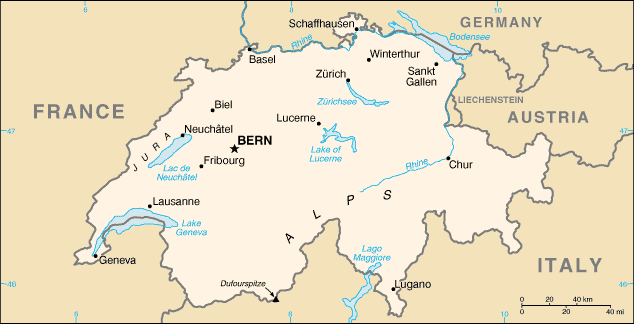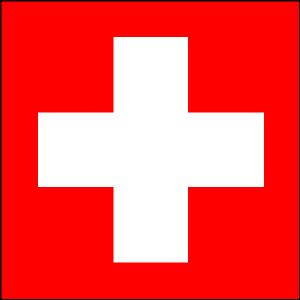
|
Switzerland
Background:
Switzerland's independence and neutrality have long been honored by the major
European powers and Switzerland was not involved in either of the two World
Wars. The political and economic integration of Europe over the past half
century, as well as Switzerland's role in many UN and international
organizations has strengthened Switzerland's ties with its neighbors.
Switzerland is active in many UN and international organizations, but retains a
strong commitment to neutrality.
|

Climate and Terrain:
Climate: Temperate, but varies with altitude; cold, cloudy, rainy/snowy
winters; cool to warm, cloudy, humid summers with occasional showers.
Terrain: Mostly mountains (Alps in south, Jura in northwest) with a central
plateau of rolling hills, plains, and large lakes.
|
|
|
Statistics: Telephones - main lines in use: 4.82 million. Telephones - mobile cellular: 1.967 million. Radio broadcast stations: AM 4, FM 113 (plus many low power stations), shortwave 2. Radios: 7.1 million. Television broadcast stations: 115 (plus 1,919 repeaters). Televisions: 3.31 million. Internet users: 3.41 million. Railways: Total: 4,406 km. Highways: Total: 71,059 km, paved: 71,059 km. Airports: 66, with paved runways: 42, with unpaved runways: 24. Heliports: 1. |
|